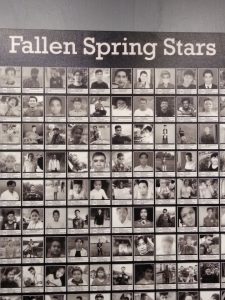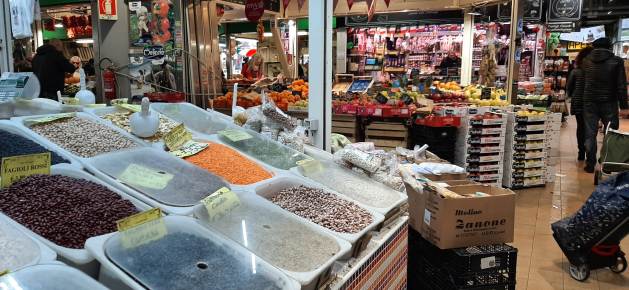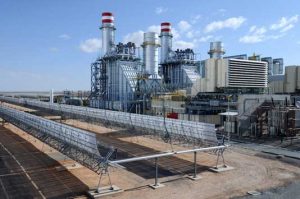INFORMATION RGLEMENTE
Informations sur le Nombre Total de Droits de Vote et d'Actions
Mont–Saint–Guibert (Belgique), le 17 avril 2023, 22:30h CET / 16:30h ET "" Conformment l'article 15 de la loi du 2 mai 2007 relative la publicit des participations importantes, Nyxoah SA (Euronext Brussels and Nasdaq: NYXH)publie les informations ci–dessous suite l'mission de nouvelles actions.
- Capital: EUR 4.923.807,45
- Nombre total de titres avec droits de vote: 28.661.985 (tous des actions ordinaires)
- Nombre total de droits de vote (= dnominateur): 28.661.985 (tous lis aux actions ordinaires)
- Nombre de droits de souscrire des titres avec droits de vote non encore mis:
-
- 55 "2016 Warrants ESOP" mis le 3 novembre 2016, donnant le droit leurs dtenteurs de souscrire un nombre total de 27.500 titres avec droits de vote (tous des actions ordinaires);
- 100 "2018 Warrants ESOP" mis le 12 dcembre 2018, donnant le droit leurs dtenteurs de souscrire un nombre total de 50.000 titres avec droits de vote (tous des actions ordinaires);
- 430.500 "2020 Warrants ESOP" mis le 21 fvrier 2020, donnant le droit leurs dtenteurs de souscrire un nombre total de 430.500 titres avec droits de vote (tous des actions ordinaires);
- 1.293.875 "2021 Warrants ESOP" mis le 8 septembre 2021, donnant le droit leurs dtenteurs de souscrire un nombre total de 1.293.875 titres avec droits de vote (tous des actions ordinaires); et
- 700.000 "2022 Warrants ESOP" mis le 28 dcembre 2022, donnant le droit leurs dtenteurs de souscrire un nombre total de 700.000 titres avec droits de vote (tous des actions ordinaires).
*
* *
Contacts:
Nyxoah
David DeMartino, Chief Strategy Officer
david.demartino@nyxoah.com
+1 310 310 1313
Pice jointe

GLOBENEWSWIRE (Distribution ID 1000804444)










